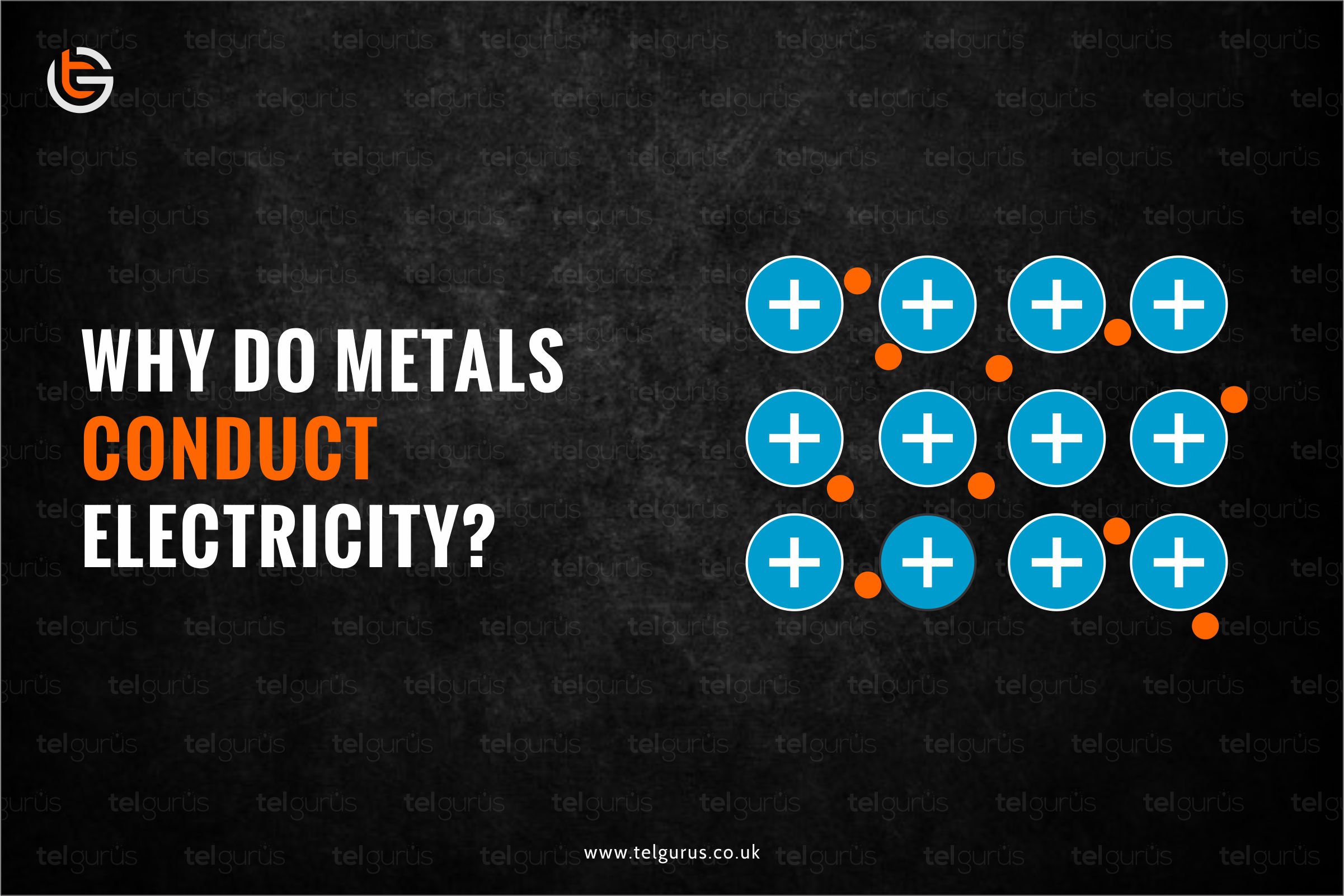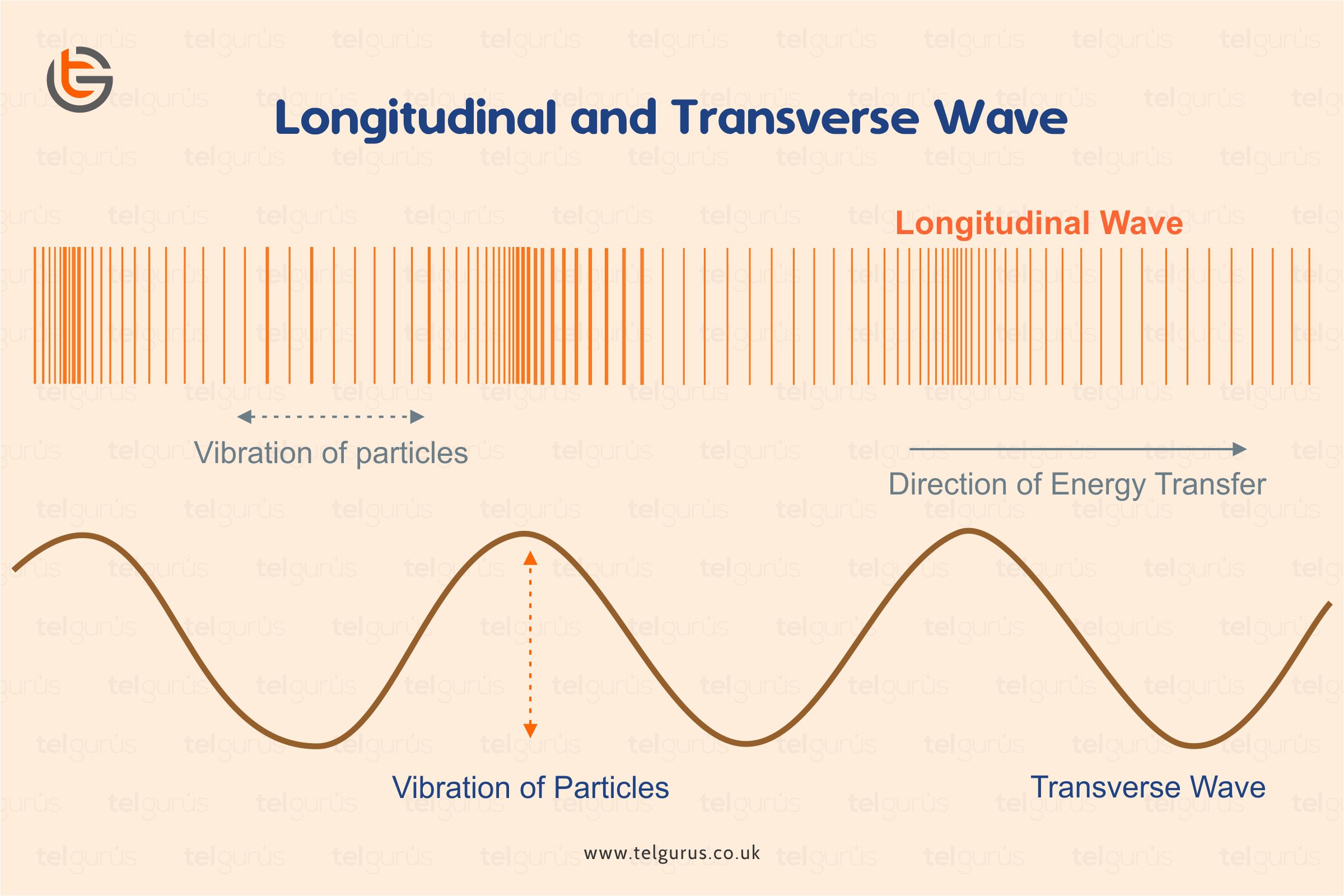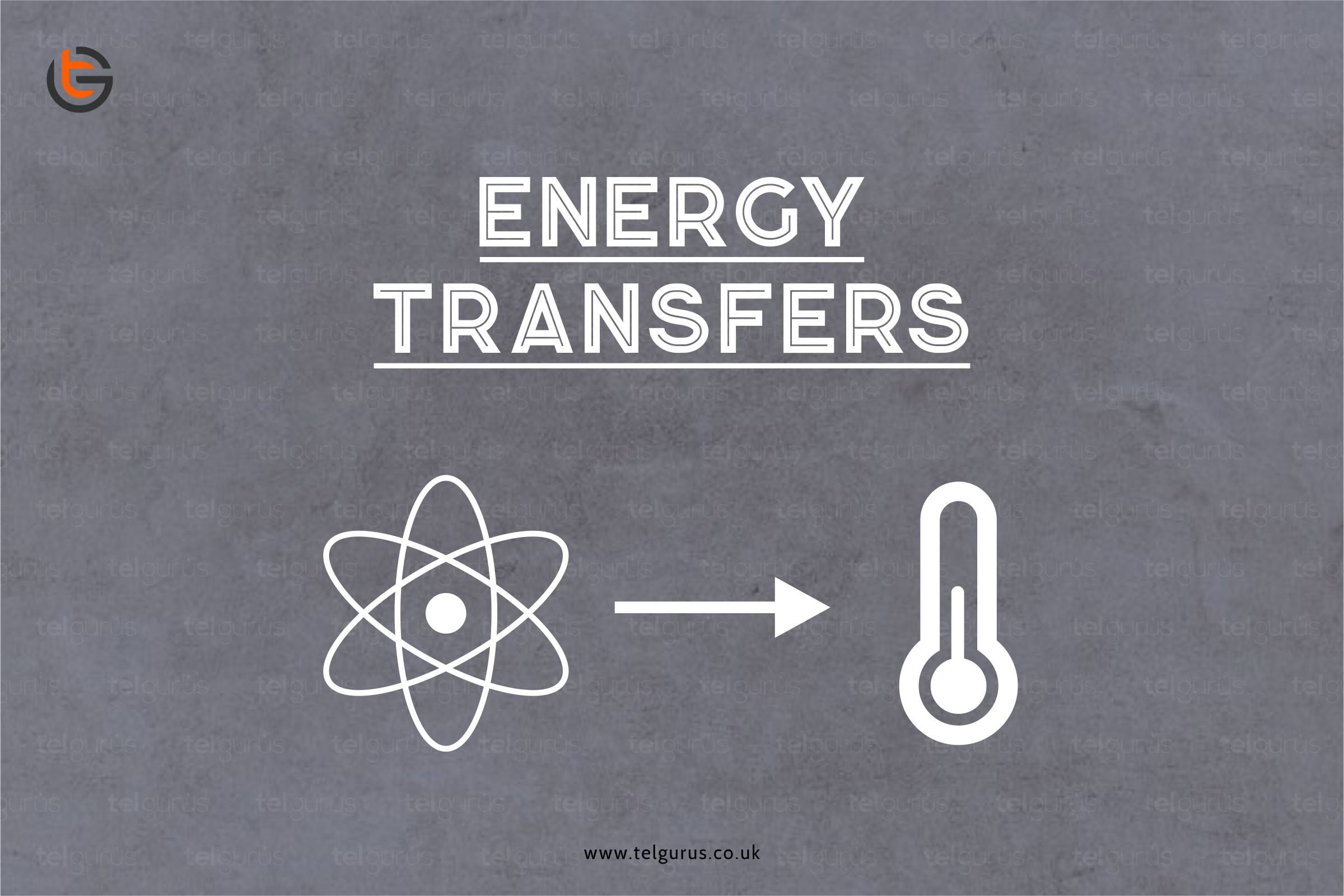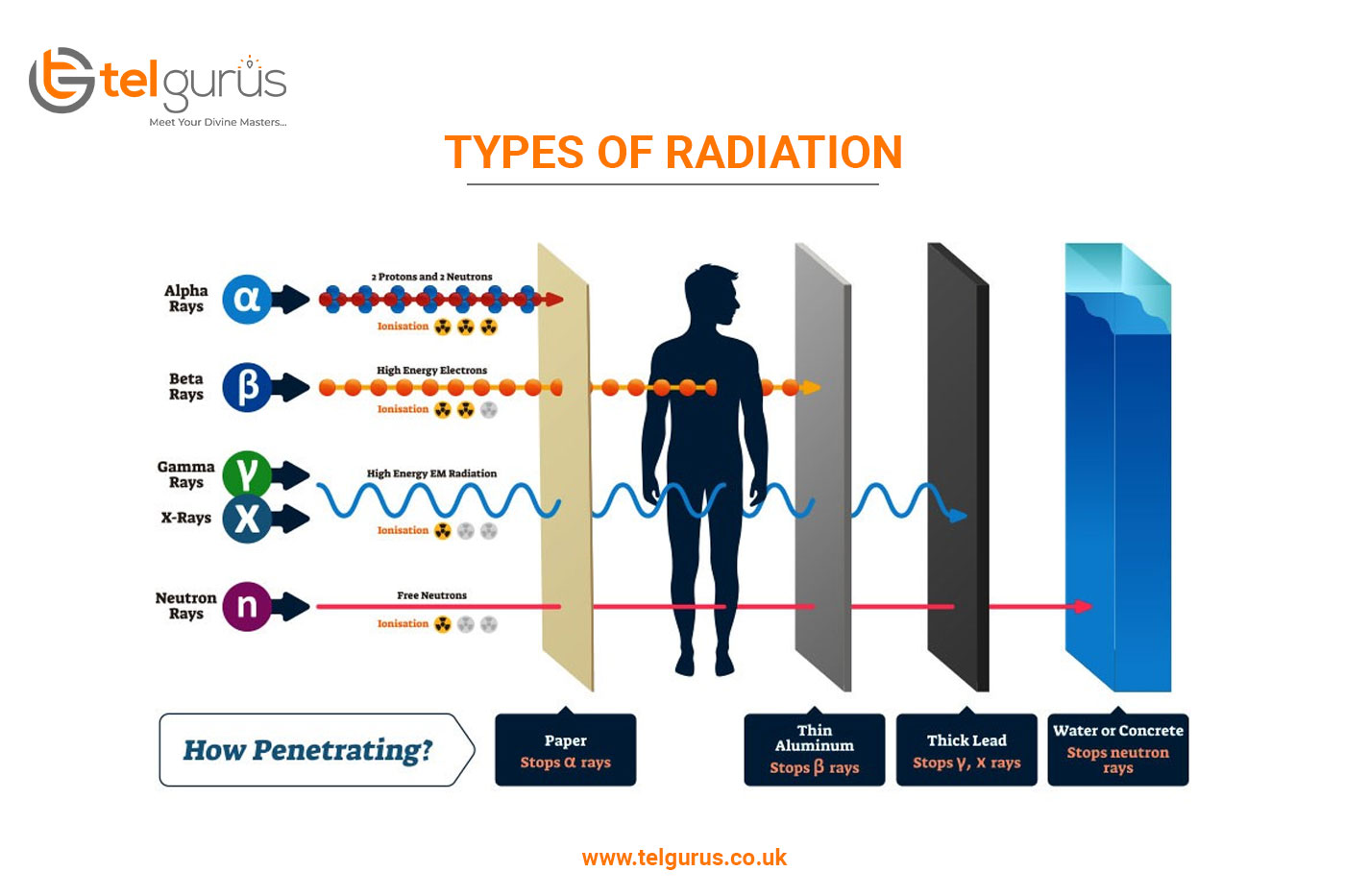Metals are the good conductors of electricity as the atoms in the metals form a metallic bond, where electrons are delocalized in ionic or covalent bonding. This indicates that the electrons can move freely throughout the metallic structure.
Electricity is the electrons flow, and since the electrons in the meals are delocalized, they can move through the structure and conduct electricity.
- Metals have a free electron that moves easily from negative to positive battery terminals because of the potential difference.
- Metals permit the electric current to pass through with low resistance.
The most common metals that are conductors of electricity includes
- Copper
- Silver
- Gold
- Aluminum
- Steel
- Brass
- Gold
Silver and Copper are the common ones!
Silver is considered the best conductor of electricity as it comprises a higher number of movable atoms.
And for a material to be a good conductor of electricity requires the electricity passed through it must be able to move the electrons.
This functions with “the more the free electrons in a metal, the greater its conductivity.”
Copper is considered a less conductive metal than silver, but it is a commonly used and cheaper option that is used in household appliances.
The advantage of choosing Copper is that it is easy to wrap and solder into the wires and is frequently used when a large amount of conductive material is needed.
Aluminum
Aluminum is more conductive metal than Copper and is also an inexpensive option. But the catch here is that it involves risks.
Aluminum is also utilized in household products or wirings. Still, it is not a common choice as it includes several flaws.
It tends to generate an electrically resistant oxide surface in the electrical connections that may cause a connection to overheat.
Gold
Gold is also a good conductor of electricity that generally does not tarnish like several other materials when exposed to air.
Gold is indeed an expensive choice that is only used in specific materials only like small electrical connectors, circuit board components, etc.
Several materials may also get the gold plating as an electric conductor.
Steel and Brass
Steel metal is an iron alloy that is a rigid material, highly corrosive when exposed to the air. It is generally not used in small machines and products.
Brass is also an alloy that is a tensile metal which makes it easy to mold and bend into the various parts for smaller machines. It is slightly more conductive, cheaper to buy, less corrosive than steel, and also retains its value after use.
Bottom Line!
Metals are considered as the good conductors of electricity as they have a large number of free valence electrons.
Read More – Physics Questions
View More – Useful links for Your Child’s Development












